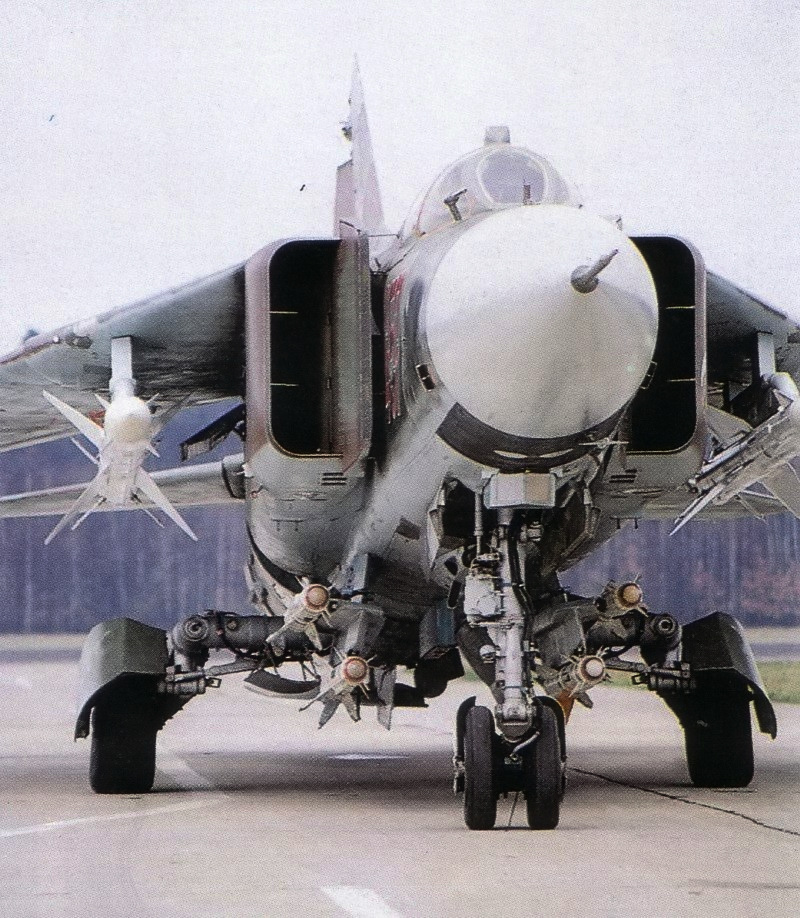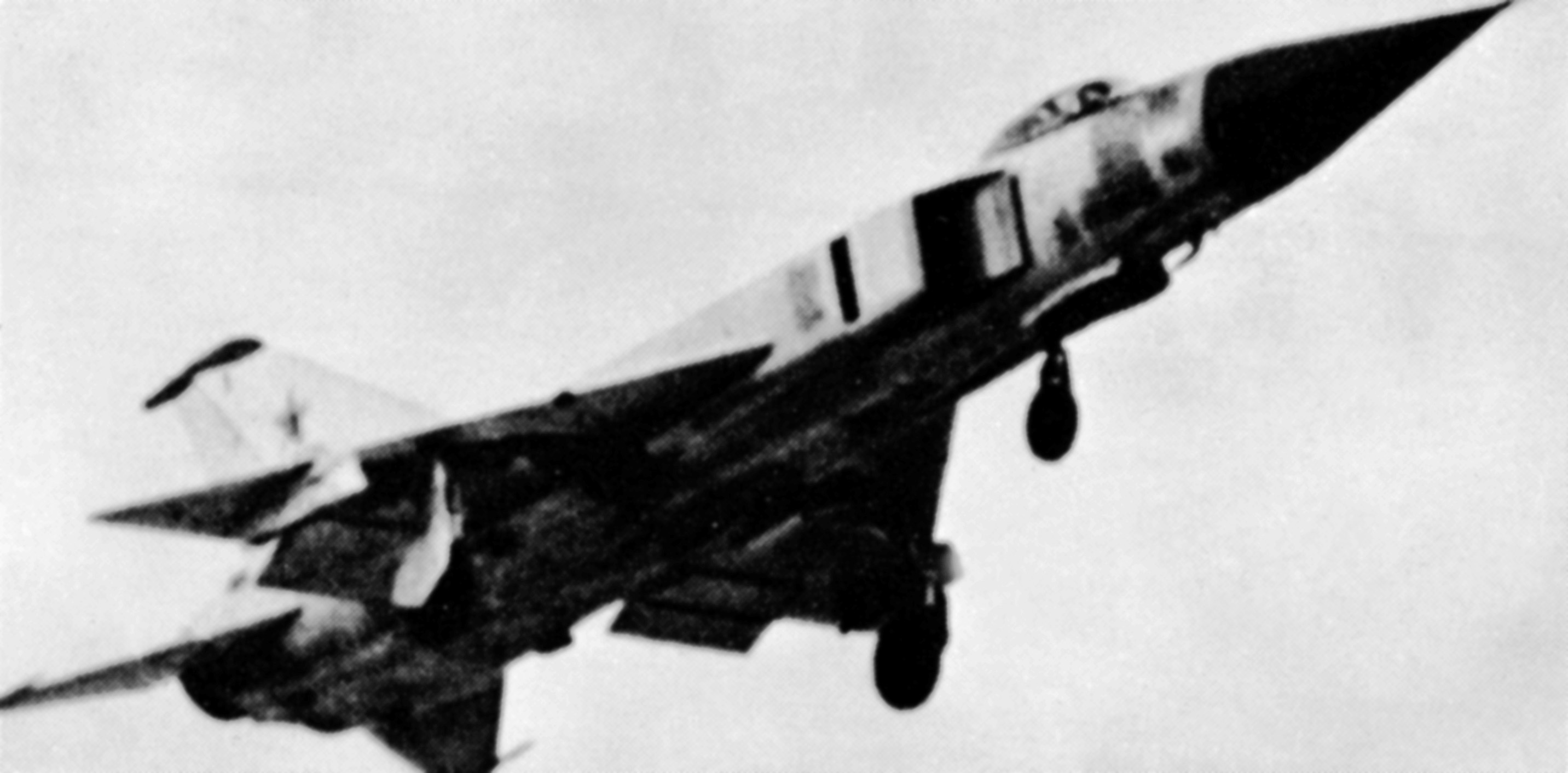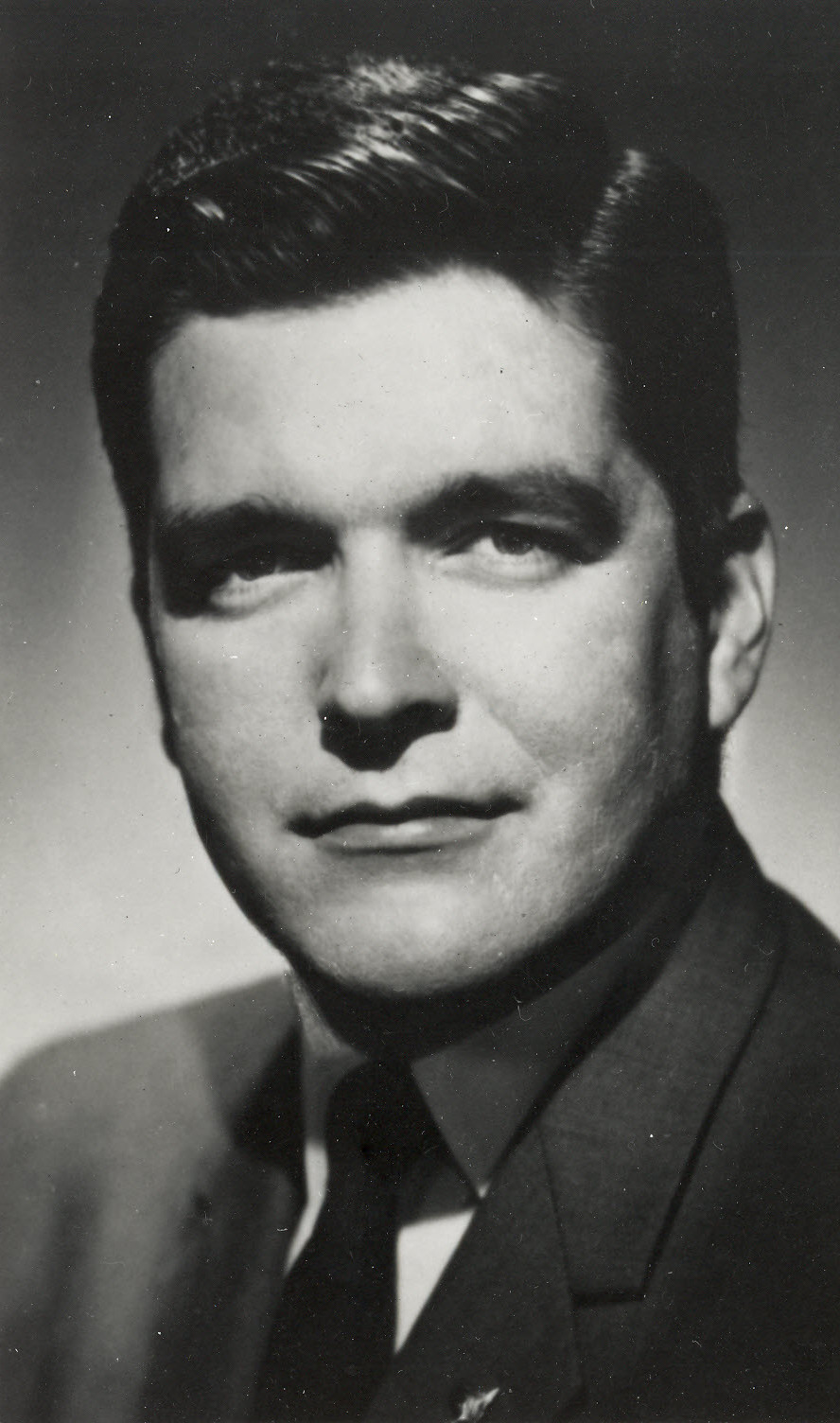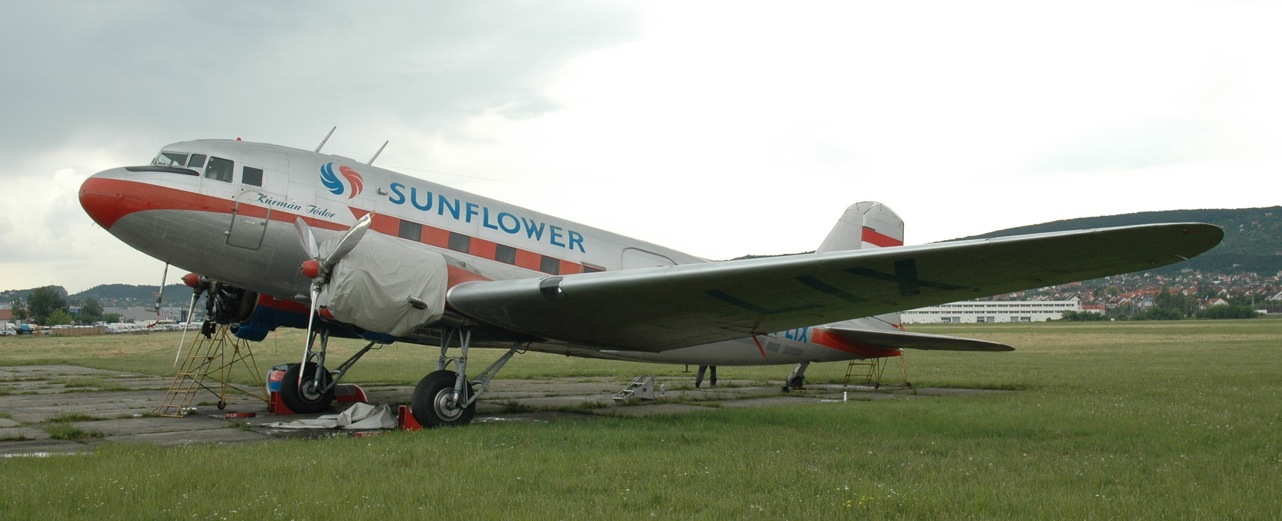|
Smirnykh Air Base
Smirnykh () is an abandoned Russian Air Force airbase in Sakhalin, Russia located 2 km east of the village of the same name. It appeared in June 1966 KH-7 imagery with a runway length of 2,000 m. It was expanded sometime after this to 2,500 m with a new extension of revetments added. History The base was originally built near the town of Smirnykh, a coaling and watering station for the Sakhalin railway. The airfield was built by the Imperial Japanese Army in the early 20th century and was called Keton. After the Second World War, Southern Sakhalin was handed over to the Soviet Union, and the airbase was then expanded. The airfield was first detected by Western intelligence around 1962. By 1965 19 Yakovlev Yak-28P (ASCC: Firebar) were known to be stationed at the airfield. In October 1972 a US reconnaissance satellite assessment showed 17 Yak-28P long-range interceptors, 2 Antonov An-24 (ASCC: Coke) transports, and 1 Lisunov Li-2 (ASCC: Cab) (DC-3 copy) transport. By the ... [...More Info...] [...Related Items...] OR: [Wikipedia] [Google] [Baidu] |
Smirnykh
Smirnykh () is an types of inhabited localities in Russia, urban locality (an urban-type settlement) and the administrative center of Smirnykhovsky District of Sakhalin Oblast, Russia, located in the central part of the Sakhalin, Sakhalin Island. Population: History During the period of Japanese rule over the southern half of Sakhalin from 1905-1945, its name was . During fighting between Soviet and Japanese forces on the island during World War II, Battalion Commander Leonid Smirnykh and Sergeant Anton Buyukly were killed; the localities of Smyrnikh, Leonidovo, and Buyukly are named in their honor. Administrative and municipal status Within the subdivisions of Russia#Administrative divisions, framework of administrative divisions, Smirnykh serves as the administrative center of Smirnykhovsky District and is subordinated to it.Law #25-ZO As a subdivisions of Russia#Municipal divisions, municipal division, the urban-type settlement of Smirnykh and thirteen rural localities of Smi ... [...More Info...] [...Related Items...] OR: [Wikipedia] [Google] [Baidu] |
Mikoyan-Gurevich MiG-23
The Mikoyan-Gurevich MiG-23 (; NATO reporting name: Flogger) is a variable-sweep wing, variable-geometry fighter aircraft, designed by the Mikoyan, Mikoyan-Gurevich OKB, design bureau in the Soviet Union. It is a third-generation jet fighter, alongside similar Soviet aircraft such as the Sukhoi Su-17, Su-17 "Fitter". It was the first Soviet fighter to field a look-down/shoot-down radar, the RP-23 Sapfir, and one of the first to be armed with beyond-visual-range missiles. Production started in 1969 and reached large numbers with over 5,000 aircraft built, making it the most produced variable-sweep wing aircraft in history. The MiG-23 remains in limited service with some export customers. The basic design was also used as the basis for the Mikoyan MiG-27, a dedicated ground-attack variant. Among many minor changes, the MiG-27 replaced the MiG-23's nose-mounted radar system with an optical panel holding a laser designator and a TV camera. Development The MiG-23's predecessor, th ... [...More Info...] [...Related Items...] OR: [Wikipedia] [Google] [Baidu] |
Soviet Air Defence Force Bases
The Union of Soviet Socialist Republics. (USSR), commonly known as the Soviet Union, was a List of former transcontinental countries#Since 1700, transcontinental country that spanned much of Eurasia from 1922 until Dissolution of the Soviet Union, it dissolved in 1991. During its existence, it was the list of countries and dependencies by area, largest country by area, extending across Time in Russia, eleven time zones and sharing Geography of the Soviet Union#Borders and neighbors, borders with twelve countries, and the List of countries and dependencies by population, third-most populous country. An overall successor to the Russian Empire, it was nominally organized as a federal union of Republics of the Soviet Union, national republics, the largest and most populous of which was the Russian SFSR. In practice, Government of the Soviet Union, its government and Economy of the Soviet Union, economy were Soviet-type economic planning, highly centralized. As a one-party state go ... [...More Info...] [...Related Items...] OR: [Wikipedia] [Google] [Baidu] |
Defunct Airports In Russia
{{Disambiguation ...
Defunct may refer to: * ''Defunct'' (video game), 2014 * Zombie process or defunct process, in Unix-like operating systems See also * * :Former entities * End-of-life product * Obsolescence Obsolescence is the process of becoming antiquated, out of date, old-fashioned, no longer in general use, or no longer useful, or the condition of being in such a state. When used in a biological sense, it means imperfect or rudimentary when comp ... [...More Info...] [...Related Items...] OR: [Wikipedia] [Google] [Baidu] |
Sukhoi Su-9
The Sukhoi Su-9 (Air Standardization Coordinating Committee, ASCC reporting name: Fishpot) is a single-engine, all-weather, missile-armed interceptor aircraft developed by the Soviet Union. Development The Su-9 emerged from aerodynamic studies by TsAGI, the Soviet aerodynamic center, during the Korean War, which devised several optimum aerodynamic configurations for jet fighters. The design first flew in 1956 in aviation, 1956 as the T-405 prototype. The Su-9 was developed at the same time as the Sukhoi Su-7, Su-7 "Fitter", and the West first saw both at the Tushino Aviation Day on June 24, 1956, where the Su-9 was dubbed Fitter-B. It entered service in 1959 in aviation, 1959. The total production of the Su-9 was about 1,100 aircraft. It is believed that at least some Su-9s were upgraded to Sukhoi Su-11, Su-11 "Fishpot-C" form. None were exported to any of the Soviet Union, USSR's client states nor to the Warsaw Pact nations. The remaining Su-9s and later Su-11s were retired d ... [...More Info...] [...Related Items...] OR: [Wikipedia] [Google] [Baidu] |
Tupolev Tu-2
The Tupolev Tu-2 (development names ANT-58 and 103; NATO reporting name Bat) is a twin-engined Soviet high-speed daylight and frontline bomber aircraft used during World War II. The Tu-2 was tailored to meet a requirement for a high-speed bomber or dive-bomber, with a large internal bomb load and speed similar to that of a single-seat fighter. Designed to challenge the German Junkers Ju 88, the Tu-2 proved comparable and was produced in torpedo, interceptor and reconnaissance versions. The Tu-2 was an effective combat aircraft and it played a key role in the final offensives of the Red Army.Jackson 2003, p. 154. Design and development In 1937, Andrei Tupolev, along with many Soviet designers at the time, was arrested on trumped-up charges of activities against the State. Despite the actions of the Soviet government, he was considered important to the war effort and following his imprisonment, he was placed in charge of a team that was to design military aircraft. Designed as ''Sa ... [...More Info...] [...Related Items...] OR: [Wikipedia] [Google] [Baidu] |
Dolinsk-Sokol (air Base)
Dolinsk-Sokol is a reserve military air base in Sakhalin Oblast, Russia located 8 km south of Dolinsk. It is a small base with numerous hardened hangars (aircraft shelters). It existed before June 1966 according to declassified KH-7 satellite images. Its chief operating unit was 777th Fighter Aviation Regiment PVO (777 IAP), flying the Sukhoi Su-15, MiG-23, and Sukhoi Su-27 during its 40 years of tenure. In the 1980s it received the Mikoyan MiG-31. It is also listed as being home to 361 IIVP (361st Instruction Test Helicopter Regiment) flying Mil Mi-24 and Mil Mi-8 helicopters. In the early 1980s, Mikoyan-Gurevich MiG-21 Fishbed aircraft occasionally deployed from Dolinsk-Sokol to the front-line airfield of Burevestnik, 240 miles to the southeast on the Kuril Islands [...More Info...] [...Related Items...] OR: [Wikipedia] [Google] [Baidu] |
Sukhoi Su-15
The Sukhoi Su-15 (NATO reporting name: Flagon) is a twinjet supersonic interceptor aircraft developed by the Soviet Union. It entered service in 1965 and remained one of the front-line designs into the 1990s. The Su-15 was designed to replace the Sukhoi Su-11 and Sukhoi Su-9, which were becoming obsolete as NATO introduced newer and more capable strategic bombers. Development Recognizing the limitations of the earlier Su-9 and Su-11 in intercepting the new Boeing B-52 Stratofortress, particularly in terms of radar and aircraft performance, the Sukhoi OKB quickly began the development of a heavily revised and more capable aircraft. A variety of development aircraft evolved, including the Sukhoi T-49, which shared the fuselage of the Su-9 (including its single engine), but used cheek-mounted intakes to leave the nose clear for a large radome for the RP-22 Oryol-D ("Eagle") radar (NATO "Skip Spin"), and the T-5, essentially a heavily modified Su-11 with a widened rear fuselage ... [...More Info...] [...Related Items...] OR: [Wikipedia] [Google] [Baidu] |
Soviet Air Defence Forces
The Soviet Air Defence Forces (; ) was the air defence branch of the Soviet Armed Forces. Formed in 1941, it continued being a service branch of the Russian Armed Forces after 1991 until it was merged into the Air Force in 1998. Unlike Western air defence forces, V-PVO was a branch of the military unto itself, separate from the Soviet Air Force (VVS) and Air Defence Troops of Ground Forces. During the Soviet period it was generally ranked third in importance of the Soviet services, behind the Strategic Rocket Forces and the Ground Forces. History Service during Second World War Preparations for creation of the air defence forces started in 1932, and by the beginning of Operation Barbarossa, June 1941, there were 13 PVO zones within the military districts. At the outbreak of war, air defence forces were in the midst of rearmament. Anti-aircraft artillery teams had few of the latest 37 mm automatic and 85 mm guns. Moreover, the troops were deficient in Yak-1s and ... [...More Info...] [...Related Items...] OR: [Wikipedia] [Google] [Baidu] |
Korean Air Lines Flight 007
Korean Air Lines Flight 007 (KE007/KAL007)In aviation, two types of Airline codes, airline designators are used. The flight number KAL 007, with the ICAO code for Korean Air Lines, was used by air traffic control. In ticketing, however, IATA codes are used instead, so the flight was referred to as KE007 in the booking systems and on the passengers' tickets. was a scheduled Korean Air Lines flight from New York City to Seoul via Anchorage, Alaska. On September 1, 1983, the flight was shot down by a Soviet Sukhoi Su-15, Sukhoi Su-15TM Flagon-F interceptor aircraft. The Boeing 747-230B airliner was en route from Anchorage to Seoul, but owing to a navigational mistake made by the crew, the airliner drifted from its planned route and flew through Soviet airspace. The Soviet Air Forces treated the unidentified aircraft as an intruding U.S. spy plane, and destroyed it with air-to-air missiles, after firing warning shots. The South Korean airliner eventually crashed into the sea near ... [...More Info...] [...Related Items...] OR: [Wikipedia] [Google] [Baidu] |
Lisunov Li-2
The Lisunov Li-2 (NATO reporting name: Cab), originally designated PS-84, was a license-built Soviet-version of the Douglas DC-3. It was produced by Factory #84 in Khimki, Moscow-Khimki and, after the factory's evacuation in 1941, at the Tashkent Aviation Production Association in Tashkent. The project was directed by aeronautical engineer Boris Lisunov, Boris Pavlovich Lisunov. Design and development The Soviet Union received its first Douglas DC-2, DC-2 in 1935. A total of 18 DC-3s had been ordered on 11 April 1936, and the government of the USSR purchased 21 DC-3s for operation by Aeroflot before World War II. A production licence was awarded to the government of the USSR on 15 July 1936. Lisunov spent two years at the Douglas Aircraft Company, between November 1936 and April 1939 translating the design. One of the engineers who accompanied him to Douglas was Vladimir Mikhailovich Myasishchev. Design work and production were undertaken at State Aviation Factory 84 in Khi ... [...More Info...] [...Related Items...] OR: [Wikipedia] [Google] [Baidu] |
Sakhalin Oblast
Sakhalin Oblast ( rus, Сахали́нская о́бласть, r=Sakhalinskaya oblastʹ, p=səxɐˈlʲinskəjə ˈobləsʲtʲ) is a federal subject of Russia (an oblast) comprising the island of Sakhalin and the Kuril Islands in the Russian Far East. The oblast has an area of . Its administrative center and largest city is Yuzhno-Sakhalinsk. As of the 2021 Census, the oblast has a population of 466,609. The vast majority of the oblast's residents are ethnic Russians, with a small minority of Sakhalin Koreans. Sakhalin Oblast is rich in natural gas and oil, and is Russia's second wealthiest federal subject after the Tyumen Oblast. It borders by sea Khabarovsk Krai to the west and Kamchatka Krai to the north, along with Hokkaido, Japan to the south. History The etymology of Sakhalin can be traced back to the Manchu hydronym ''Sahaliyan Ula'' (Manchu: ) for "Black River" (''i.e.'' the Amur River). Sakhalin shares this etymology with the Chinese province of Heilongjiang (C ... [...More Info...] [...Related Items...] OR: [Wikipedia] [Google] [Baidu] |






